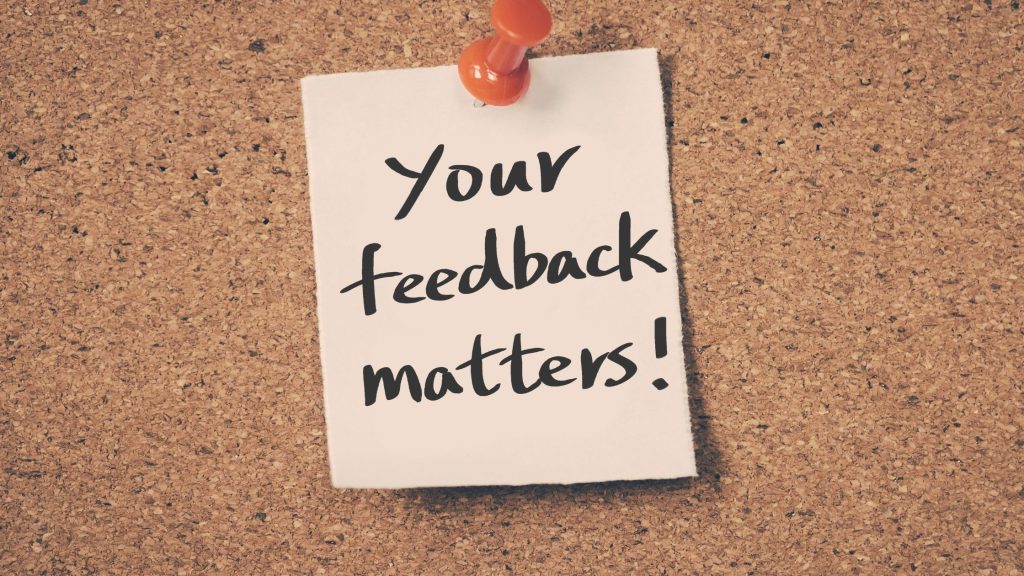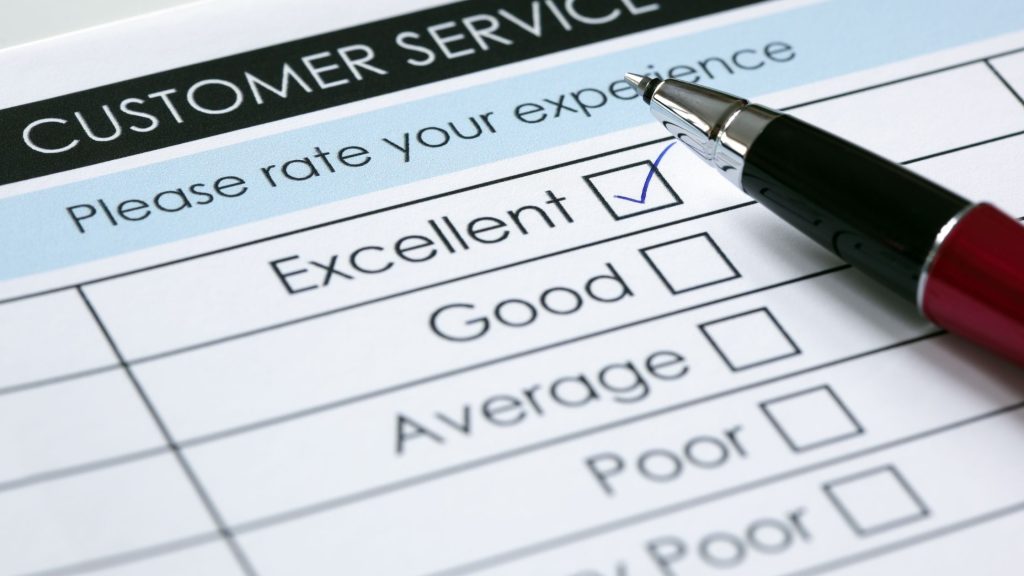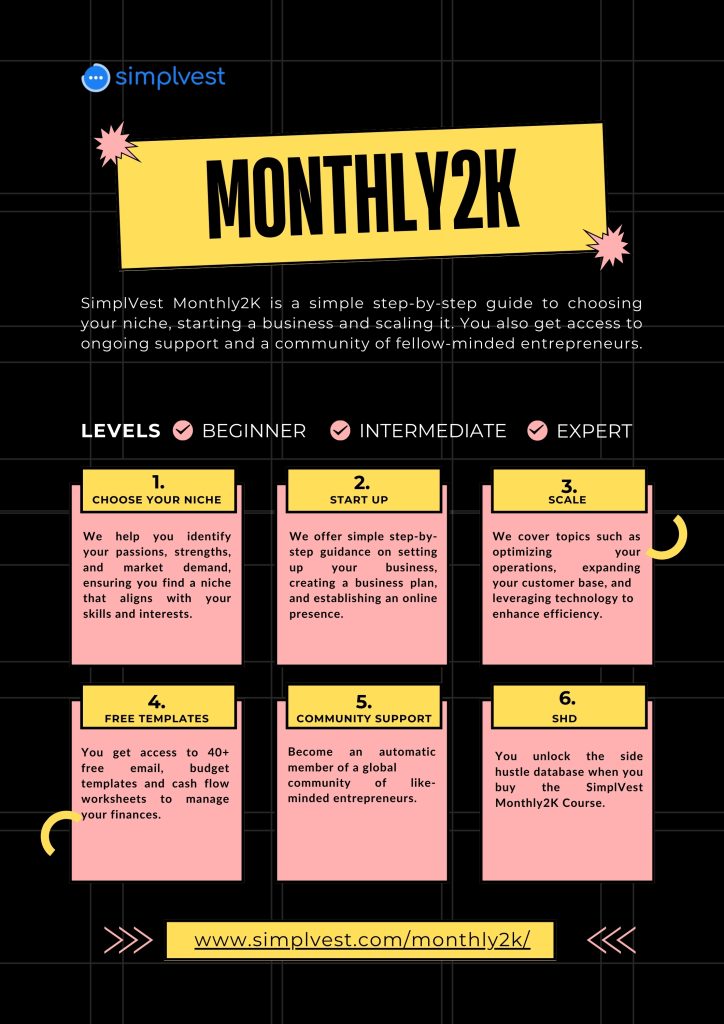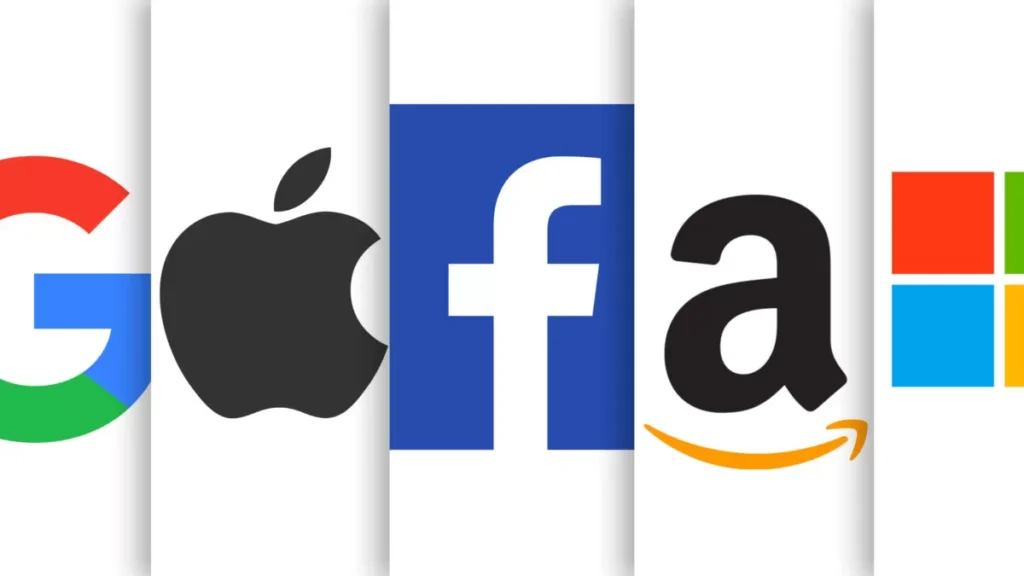This guide covers proven and practical ways you can gather customer feedback to guide your product iteration strategies.

What Is Customer Feedback?
Customer feedback encompasses any information customers provide about their experience with your product or service. This includes insights, opinions, reactions, preferences and complaints that collectively paint a picture of your customer’s journey. The key is implementing a systematic approach that captures both solicited feedback, that is, directly requested, and unsolicited feedback or organic comments from social media, reviews, and spontaneous interactions.
Customer feedback serves as your business’s compass that guides strategic decisions, product improvements and service enhancements. It’s the bridge between what you think your customers want and what they actually need. Without this critical input, businesses operate in a vacuum, making assumptions that can lead to costly missteps and missed opportunities.
In today’s hyper-competitive business landscape, customer expectations have reached unprecedented heights. Research across multiple sources shows that 88% of service professionals report that customer expectations are higher than ever, with 82% noting that customers are asking for more than they used to. This reality makes customer feedback not just valuable, but absolutely essential for business survival and growth.
The most successful businesses follow a structured four-step process: Collect, Analyze, Act and Close the Loop. This cyclical approach ensures that feedback doesn’t just sit in a database but transforms into actionable improvements that customers can see and appreciate. It also ensures that feedback is continuous and that you have a steady access to new and relevant insights that can help you improve customer retention rates by understanding their needs and implementing their feedback.
Digital Ways to Gather Customer Feedback
1. Surveys
Surveys remain one of the most effective methods for gathering structured feedback. Surveys gives you both qualitative and quantitative insights into the particular aspects of your product or customer experience you wish to explore. Modern survey strategies go far beyond basic questionnaires, they include:
1. Net Promoter Score (NPS) Surveys that measures customer loyalty by asking how likely customers are to recommend your business on a scale of 1-10, happy to sad, satisfied to unsatisfied, etc. This single question can segment your customers into promoters, passives and detractors, each requiring different engagement strategies.
2. Customer Satisfaction (CSAT) Surveys capture immediate reactions to specific touchpoints and provides you a way to understand micro-experiences throughout the customer journey. CSAT surveys often use rating scales to measure changes over time to gain a deeper understanding of whether or not you’re meeting the customer’s expectations.
3. Customer Effort Score (CES) Surveys reveal how easy it is for customers to accomplish their goals with your product or service. CES scores measures how easily customers interact with your company through support, purchases and other touchpoints. A CES survey will seek to measure where respondents rate their ease of interaction. A good CES is under 3 on a 1–5 or 1–7 scale. The goal is to reduce your CES and thus, boosts customer satisfaction, loyalty and revenue.
4. Conversational Surveys represent an evolution in survey design that presents questions as a flowing open-ended conversation rather than a static form. The questions posed to customers adapt based on previous responses. This way, it creates a more engaging experience that yields higher completion rates and more thoughtful responses.

2. In-App and Website Feedback Tools
Modern feedback collection increasingly happens within the product experience itself:
Feedback Widgets allow customers to provide input without leaving your website or application. These unobtrusive tools can be triggered by specific user actions or placed strategically on key pages.
Exit-Intent Surveys capture valuable insights from users who are about to leave your site, potentially revealing friction points in your conversion funnel.
Session Replay Analysis provides unprecedented insight into customer behaviour by recording actual user sessions and revealing pain points that customers might not even articulate in traditional feedback.
These can be placed throughout crucial customer interactions, when they onboard, sign-up, or checkout, etc. It gives you actionable feedback at difference stages of the customer’s experience of say your website or product in the wild.
Human Ways to Gather Feedback
3. Customer Interviews and Focus Groups
While digital tools provide scale, direct human interaction offers depth and nuance that surveys cannot capture. Customer interviews allow for follow-up questions and exploration of emotional responses that quantitative data might miss. Customer interviews require more resources in time and effort that others. But it can be personalized and where possible, deployed as it often generates the best customer responses. All the necessary insights will be laid out in more than their words, but in their tone.
Customer focus group are an in-person meetups with your customers to discuss their wants, needs and perceptions. These meetings can help you navigate a range of issues, such as brand messaging, product solutions and strategic decisions. Focus groups create collaborative environments where customers can build on each other’s ideas, often revealing insights that wouldn’t emerge in individual interviews. The key is strategic segmentation: organize participants by demographics, usage patterns or customer lifecycle stage to ensure relevant, actionable insights. Hold these sessions periodically, ahead of introducing a new product and immediately after.
4. Personal Outreach Strategies
There are advanced personalization technologies that now enable scalable one-to-one communication. Video messages from executives, personalized follow-up emails and direct phone calls demonstrate genuine commitment to customer relationships. This approach not only gathers feedback but also strengthens customer loyalty by showing that their individual experience matters to you.
5. Leveraging Customer Service as a Feedback Channel
Your customer service team represents an untapped goldmine of customer insights. These frontline employees interact with customers daily, experiencing their frustrations, requests, and suggestions firsthand. Creating structured feedback loops from your support team can reveal patterns and trends that might not surface through other channels.
Live Chat Support provides real-time feedback opportunities while simultaneously resolving customer issues. Modern chat tools can automatically trigger feedback requests at conversation completion, capturing sentiment while the interaction is fresh in the customer’s mind.
Support Ticket Analysis can reveal systemic issues through pattern recognition. If multiple customers report similar problems, it signals opportunities for proactive improvements rather than reactive fixes.
6. Social Media and Digital Listening
Social media platforms have transformed into powerful feedback channels where customers express unfiltered and honest opinions about brands and products. Social and digital listening is another way to gather customer feedback by tracking and analysing social media mentions of your brand, products, competitors and industry.
Social Listening involves monitoring mentions of your brand across social platforms, review sites, and forums. This provides insight into organic and honest customer sentiment and can reveal issues before they escalate.
Community Forums create dedicated spaces for your customers to meet, interact, support you and share feedback. It is often your responsibility to create these platforms, mostly using social media. These platforms allow customers to help each other while providing you with continuous insight into common challenges and desired features. These forums can provide a steady source of insights into your product. All you need to do afterwards is continuous monitoring.

Other Advanced Feedback Collection Techniques
7. Sentiment Analysis and AI-Powered Insights
Modern businesses are leveraging artificial intelligence to gather customer feedback at scale. Jack Tai defines ‘sentiment analysis’ as ‘a way to digitally “read the room” and understand the enthusiasm, frustration or ambivalence your customers could be experiencing.’ Sentiment analysis tools can process thousands of comments, reviews, and survey responses to identify emotional trends and themes that human analysis might miss.
Automated Email Sequences can be triggered by customer behaviour, sending feedback requests to highly engaged users or exit surveys to customers who’ve churned. If someone has churned, the email sequence asks what can be improved and why they stopped using the product. For engaged customers, the email sequence asks what they enjoy most and requests suggestions for further improvements. This behavioural targeting significantly improves response rates and relevance.
8. Mobile-First Strategies
SMS Surveys capitalize on the ubiquity of mobile devices and achieve higher open rates than email. These are particularly effective for real-time feedback collection immediately following customer interactions. Also, Push Notifications in mobile apps can prompt feedback at optimal moments, such as after completing a transaction or using a new feature.
Take Action: Maximizing Feedback Impact
Collecting feedback is only valuable if it leads to action. The most successful businesses go further:
They Close the Feedback Loop by communicating back to customers about changes made based on their input. Companies that respond to feedback within 48 hours see retention rates increase by 2.4 times.
They also Create Cross-Functional Feedback Integration so that these insights reach product development, marketing, customer service and executive teams.
Finally, they Implement Continuous Monitoring through dashboards and automated reporting to track feedback trends over time.
Conclusion
Customer feedback collection in 2025 requires a sophisticated, multi-channel approach that combines the scale of digital tools with the depth of human interaction. Ultimately the businesses that thrive will be those that view feedback not as a necessary chore, but as a competitive advantage that drives continuous improvement and customer-centric innovation.
Success lies not just in deploying these rote methods to gather customer feedback, but in creating systems that transform customer insights into tangible improvements that customers can see and appreciate. When executed effectively, customer feedback becomes the foundation for sustainable growth, customer loyalty, and market differentiation. Every piece of feedback is an opportunity to strengthen a customer relationship and improve your business. The question isn’t whether you can afford to invest in comprehensive feedback collection, instead, it’s whether you can afford not to.

Ready to turn your business dreams into reality?
Our SIMPLVEST MONTHLY2K Course gives you the step-by-step blueprint to start and grow a business or side hustle. You will learn in 10 actional modules, how to validate ideas, launch efficiently and scale smartly just like the pros. The first two modules are free, so you can start risk-free. When you buy it, you get additional materials, including a database of 100+ side hustles to choose from, access to a community of entrepreneurs and marketing templates, all for free.












